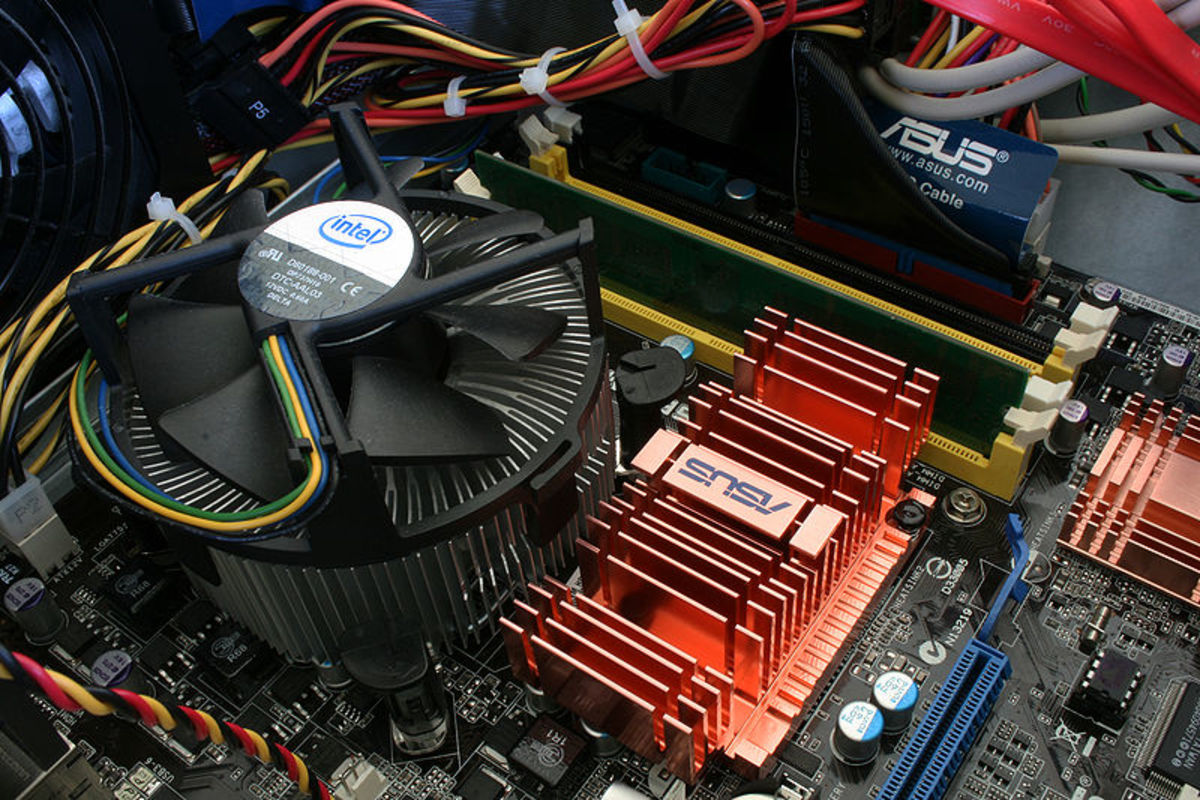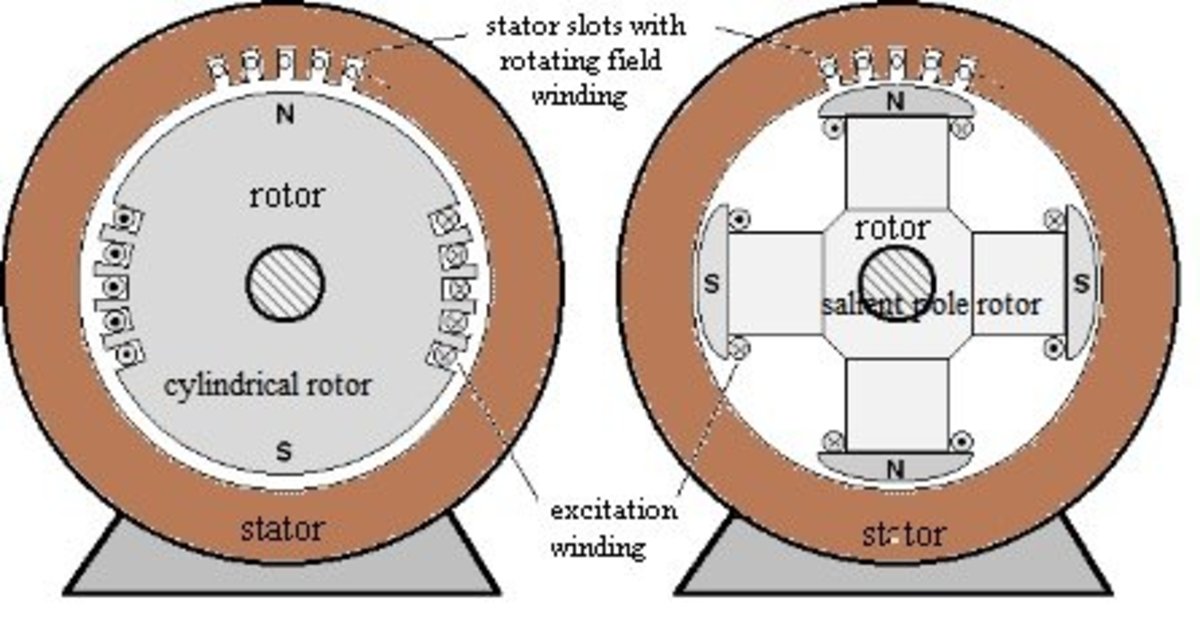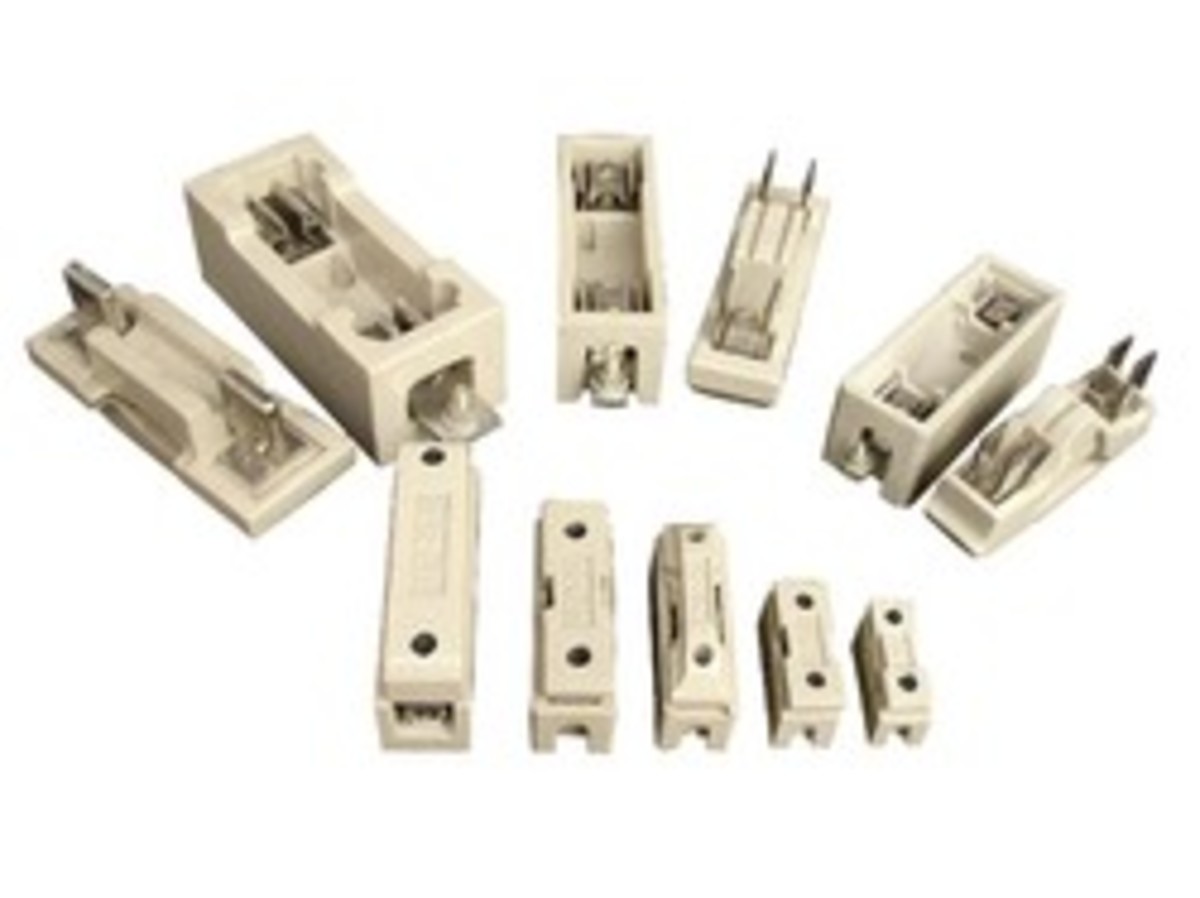Casting Process Problems
Casting Process Information
Difficulties and Constraints Associated with Casting & Moulding
The first decision that needs to be made with respect to a component design is what material should be used, this is directly associated with the Product Design Specification in terms of will the selected material meet the functional requirements of the design and then secondly, is there a suitable manufacturing process available or that can be developed to support the material choice.
Both the function and the geometry will influence the decision on the process selection. Complex components tend to require either a casting or a moulding process to manufacture them when high volumes are required or process costs are justified by the high value of the finished component. The choice of casting or moulding will automatically rule out materials not suited to these processes.
In the case of the light alloys they will oxidise more readily which can cause problems when casting.
Casting Process Problems
The main problem to overcome in a casting process is porosity, of which there are 2 types: -
- Microporosity – produced by local solidification shrinkage & gas evolution.
- Macroporosity – results from flow faults caused by inadequate feeding.
Dendrite arm spacing (DAS) is a factor that affects the mechanical properties of a casting. If DAS is kept to a minimum it will improve the mechanical properties of the casting by ensuring microporosity, which takes place in the interdendritic spaces, is kept to a minimum.
Also if turbulence can be eliminated during the filling stage of the casting process, trapped air which can act as a nucleating site for porosity will be avoided. This is especially true of alloys which readily form oxides such as aluminium and magnesium alloys. Materials like SG iron tends to be more forgiving in the casting process and less prone to flaws.
The design of a casting is important, in order to ensure porosity is minimised there are 4 feeding rules that should be applied: -
- Feeders should not solidify before the casting
- Feeders should contain sufficient liquid to feed the casting
- The feed liquid should be able to reach all parts of the casting
- There should be sufficient feed pressure to prevent nucleation of porosity.
Ref. Edwards & Endean (1990) Ch 2.
Porosity can detrimentally affect the mechanical properties of a casting both in terms of strength and aesthetics. If porosity is present in a casting, secondary machining operations required to achieve specific surface finishes or precision levels can be impaired and aesthetic effects can also be ruined.
Another aspect to consider with respect to porosity is the need to provide a leak proof structure capable of retaining liquids, this is extremely important when considering the functional requirements of a cylinder block for instance.
The Rover company's, sadly no longer in existence, answer to these difficulties and constraints was to develop their own ‘low pressure sand casting’ process. The process used a pump to facilitate an upwards filling technique that applies a constant pressure to the cast until the feeders solidify.
Rover also developed a long bolt system for clamping the various cast components of the engine together with a secondary function of being the load bearing components of the engine.
This enabled the design of simpler, thinner walled individual modules and meant that the castings did not have to withstand the high forces generated through thermal expansion and the normal combustion forces present during operation. As such the castings did not need to be as physically strong as in previous designs, Ref. BBC (1990b) & Stone et al (1990)
Manufacturing Processes Resources
- Manufacturing Processes and Methods Process
The selection of a manufacturing process is done very much on the basis of a manufacturer choosing the process that best suits his needs. - Materials Selection versus Manufacturing Process
Material selections can determine what manufacturing processes are available, form can determine what materials can be used and manufacturing processes can determine what form can be created. So what you... - Manufacturing Process-Centrifugal Casting & Rotation...
Centrifugal casting fits under the general category of casting as a manufacturing process and utilities a permanent mould. Typically this process is used for the production of long, hollow components that... - Manufacturing Processes - Pressure Die Casting Proce...
Pressure die casting is a process that fits under the general category of casting as a manufacturing process. It utilises a permanent mould where molten metal is forced into the die cavity through a system of... - Manufacturing Processes - Gravity Die Casting
Gravity die casting is a simple casting process which utilises reusable metallic moulds. The process is primarily used for simple shapes with some basic coring possible. It is mostly suited to casting light... - Manufacturing Processes - Injection Moulding Process
The injection moulding process fits under the general category of casting as a manufacturing process. This may seem surprising as the process is dedicated to the production of plastic, rubber and composite... - Manufacturing Processes - Squeeze Casting Process
Squeeze casting fits in the general category of casting as a manufacturing process. Casting has been around for approximately 6000 years, so squeeze casting is a relatively new development; being introduced... - Manufacturing Processes, Full Mould Evaporative Patt...
Full mould casting, otherwise known as full mould evaporative pattern casting, comes under the general category of casting as a manufacturing process and is an expendable mould and pattern process. Typically... - Manufacturing Processes - Sand Casting Process
Sand casting comes under the general category of casting as a manufacturing process and is a permanent pattern process.In other words the sand moulds are produced using a reusable pattern that is removed once... - Manufacturing Processes - Reaction Injection Moulding (RIM)
The general mode of operation of this process is to combine two feeds of preheated, low molecular mass reactants in a mixing head and inject them at high speed into a split die. - Manufacturing Processes - General Investment Casting
This process is sometimes referred to as the lost wax process and is one of the oldest metal forming processes around dating back nearly 5000 years.
Moulding Versus the Casting Process
Moulding is similar in nature to casting and shares some of the characteristics exhibited by the casting process.
With respect to injection moulding however, there are further considerations relating to getting the most economic result. This is typically achieved by getting the shortest cycle times and is related to having short mould filling times and low mould and melt temperatures to provide the shortest solidification times.
The problem with this is that under these conditions relatively thick surface skins can be produced on the moulding consisting of highly aligned molecules produced from the high flow rates used. To achieve those high flow rates, low viscosity materials are required which typically have lower molecular mass.
It is known that highly aligned molecules suffer from high residual stresses which can cause cracking and that low molecular mass materials have inferior mechanical strength.
Inevitably then, the easier a polymer is to process the lower the quality of the end product, so to obtain the required level of quality demands a compromise over process difficulty.
Ref. Edwards & Endean (1990) Ch 2.
Other factors to consider when manufacturing a component using an injection moulding process are: -
- location of flow marks
- avoiding sink marks
- where shrinkage will occur.
Sink marks can be avoided by ensuring the inner sections of the moulding are thinner than the outer skin of the mould or simply by ensuring they are located where they are not obvious.
Clearly all these factors need to be considered at the design stage and before expensive tooling is manufactured. Using FEA techniques can help to model the design and identify problem areas before going to manufacture.
In order to overcome the problems associated with using weaker plastic materials, Black & Decker changed the design of their power drill to adopt an independent, self supporting internal module consisting of the motor assembly and associated parts. This meant that the case no longer had to contribute to the structural integrity of the design and could be used just to provide electrical insulation and the aesthetic look and shape of the product.
This gave an added benefit of using the motor assembly as a common component which could be used across a range of products with plastic cases of various shapes and designs that could be lightly screwed together and easily removed if access to the internal components was required for servicing.
With respect to all the examples, designers would have looked at the next stage of manufacturing and would have sought ways of minimising the amount of secondary machining required. This is almost always a requirement of cast components where interfaces need to be sealed, are used as bearing faces or indeed precision levels for any feature are required that are beyond the capability of the casting or moulding process e.g. the majority of the bolt holes on the cylinder head of the Rover K16 engine is a cast in feature, which means the bolt hole machining operation can be completed in a single pass.






